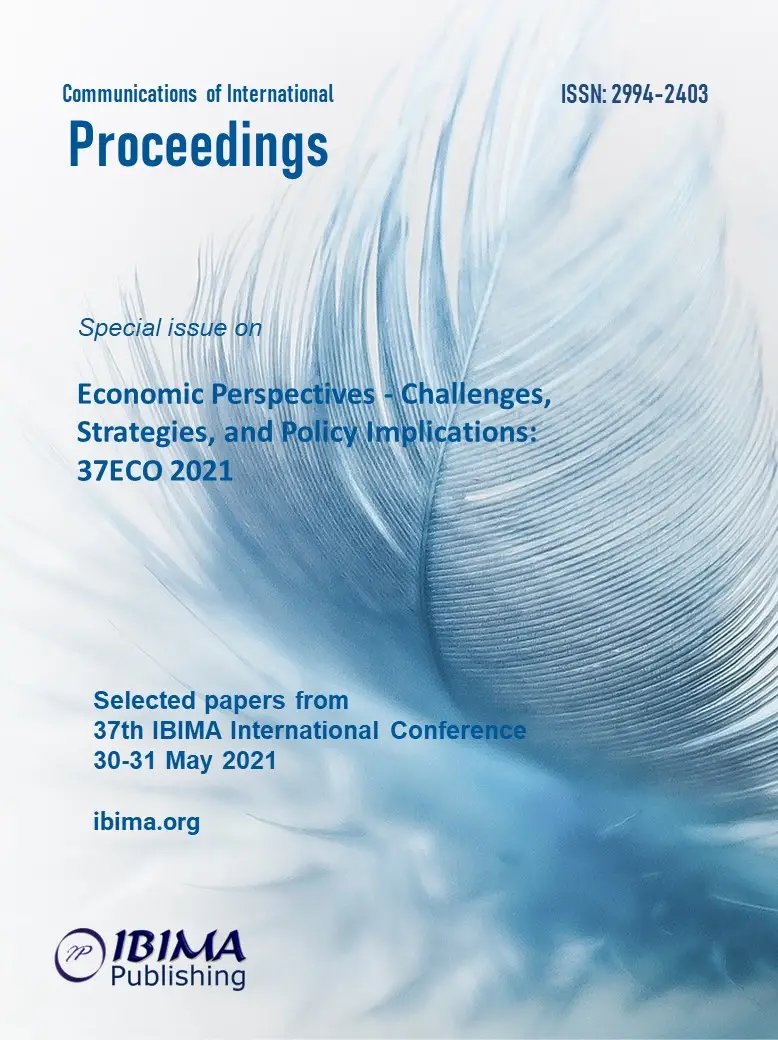
Bianca AVRAM-POP, Simona SABOU and Liliana Adela ZIMA
Technical University of Cluj-Napoca, Romania

The external debt is a very important economic-financial indicator and, when it is analyzed and quantified as a percentage of an economy’s GNI, it constitutes a major macroeconomic result. The occurrence of economic debt determined by the need for external financial assistance is a natural step on the road economies travel from underdevelopment to prosperity. There already are complex studies and research regarding the way external debt influences sustainable economic growth. That is why we consider that is important to analyze a country’s external debt (measured as % of GNI) from the perspective of 17 indicators initially selected for countries throughout the world with the help of software package SPSS19. In order to analyze the correlation between the external debt and the 17 selected indicators, we calculate the Pearson coefficient and then apply the Stepwise method; subsequently we were left with only five variables in the regression model: exports of goods and services, imports of goods and services, urban population and deposit interest rate as independent variables which influence the dependent variable, i.e. the external debt.